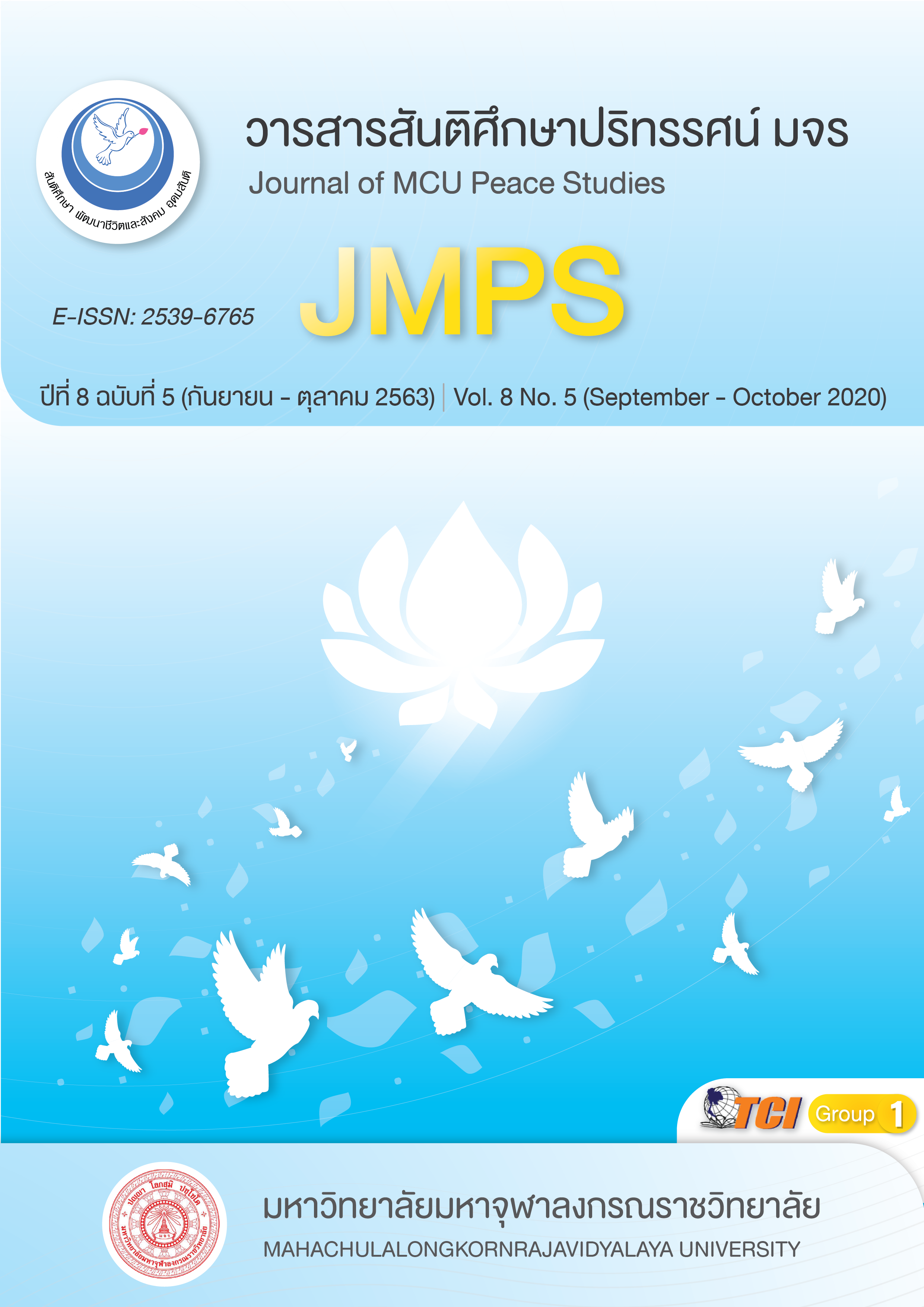การวิเคราะห์สภาพเด็กด้อยโอกาสในเขตพื้นที่ภาคเหนือตอนล่าง 1
Main Article Content
บทคัดย่อ
บทความวิจัยครั้งนี้มีวัตถุประสงค์เพื่อวิเคราะห์สภาพเด็กด้อยโอกาสในเขตพื้นที่ภาคเหนือตอนล่าง 1 โดยใช้วิธีการวิจัยเชิงคุณภาพ (Qualitative Research) วิเคราะห์ข้อมูลจากการวิจัยเอกสาร การสนทนากลุ่ม เป็นเทคนิคการวิจัย โดยการคัดเลือกผู้ให้ข้อมูลจากการคัดเลือกแบบเจาะจง จากผู้นำชุมชนที่และ ครู กศน. จำนวน 75 คน เป็นผู้ให้ข้อมูล จัดทำการสัมภาษณ์แบบสนทนากลุ่มตามพื้นที่อำเภอละ 15 คน เป็นผู้นำชุมชน 10 คน และครู กศน. ตำบล 5 คน โดยใช้แบบสัมภาษณ์กึ่งโครงสร้างเป็นเครื่องมือในการเก็บข้อมูล เพื่อนำข้อมูลมาวิเคราะห์เนื้อหา (Content Analysis) โดยรวบรวมประเด็นที่สำคัญและข้อสรุป และนำเสนอในรูปแบบการพรรณนาวิเคราะห์ (Analytic Induction) ซึ่งเป็นการตีความสร้างข้อสรุปข้อมูลจากสิ่งที่เป็นรูปธรรม หรือปรากฏการณ์ที่มองเห็น เป็นการวิเคราะห์ ตรวจสอบ ข้อมูลที่ได้จากการสนทนากลุ่ม เพื่อเป็นข้อมูลด้านสภาพเด็กด้อยโอกาส และความร่วมมือช่วยเหลือเด็กด้อยโอกาสในพื้นที่ โดยผู้วิจัยได้จดบันทึกประเด็นสำคัญๆ ขณะสนทนากลุ่มไว้ และประเมินข้อมูลโดยผู้ทรงคุณวุฒิ จำนวน 9 ท่าน ผลการวิจัยพบว่า สภาพของเด็กด้อยโอกาสเกิดจากปัญหาที่ส่งผลให้เกิดความด้อยโอกาสจากปัญหาครอบครัว ปัญหาด้านเศรษฐกิจ ปัญหาด้านพฤติกรรมของเด็ก ปัญหาด้านสุขภาพและระดับการศึกษา ของผู้ปกครอง ระดับรายได้ของผู้ปกครองเป็นสาเหตุของความด้อยโอกาส แต่นโยบายของรัฐที่ไม่สอดคล้องกับสภาพเด็กและครอบครัว บริบทสังคม สิ่งแวดล้อมทางสังคมส่งผลกระทบทำให้เด็กเป็นเด็กด้อยโอกาส
Article Details
ทัศนะและความคิดเห็นที่ปรากฏในบทความในวารสาร ถือเป็นความรับผิดชอบของผู้เขียนบทความนั้น และไม่ถือเป็นทัศนะและความรับผิดชอบของกองบรรณาธิการ ยินยอมว่าบทความเป็นลิขสิทธิ์ของวารสาร
เอกสารอ้างอิง
Office of the National Economic and Social Development Board. (2018). Report on the situation of poverty and income inequality at the regional level in Thailand .Retrieved March 13, 2020, from https://www.nesdc.go.th/ewt_w3c/ewt_dl_link.php?nid=7787.
Office of Database Development and Social Indicators Office of the National Economic and Social Development Board. (2018). Report on the situation of poverty and income inequality at the regional level in Thailand. Retrieved March 13, 2020, from https://www.nesdc.go.th/ewt_w3c/ewt_dl_link.php?nid=7787.
Chaloemwong, Y. (2017). What will the labor market be like next year? (Part 2): Education quality deteriorates Manpower quality is depressing No one can help? . Retrieved March 13, 2020, from https://tdri.or.th/2017/12/21-labor-market2-2018/.
OBEC. (2019). Educational statistics Information Group Office of Basic Education Policy and Planning. Retrieved March 13, 2020, from https://data.bopp-bec.info/emis/index.php.
Smith, A. (1994). An Inquiry into the Nature and Causes of the Wealth of Nations, Modern Library Edition, Random House. New York: NY.
Marx, K., & Engels, F. (1848) The Communist Manifesto. Retrieved March 13, 2020,
from https://www.hawaii.edu/powerkills/CIP.CHAP5.HTM.
Jaratphattharot, J. (2017). Demographic and social characteristics of people at risk of vicious circle "Stupid-poor-hurt ”: Findings from the 2015 Health and Welfare Survey. Journal of Health System Research, 11(2), 195 - 204.
Office of Non-Formal and Informal Education. (2019). Information for children outside the education system. Retrieved March 13, 2020, from http://203.159.250.210/popmoeadmin/login/auth.
Tantichoochawet, P. (2016). Educational guidelines for non-formal education: a case study of Tak province. Dhurakij Pundit University.
Bandura, A. (1962). Social Learning through Imitation. Retrieved February 20, 2020,
from https://www.uky.edu/~eushe2/Bandura/Bandura1963.pdf.
Niyomves, B. (2020). Roles of Non-formal and Informal Education Centers in Bangkok Metropolis in Enhancing Participation and Lifelong Learning Networking. Journal of MCU Peace Studies, 8(2).
Praditsin, C. (2016). A Political Economic Model of Policy Implementation.Journal of Political Economy, 2(1).
Bronfenbrenner, U. (1994). Ecological Models of Human Development. Retrieved February 20, 2020, from http://edfa2402resources.yolasite.com/resources/Ecological Models Of Human Development.pdf.


